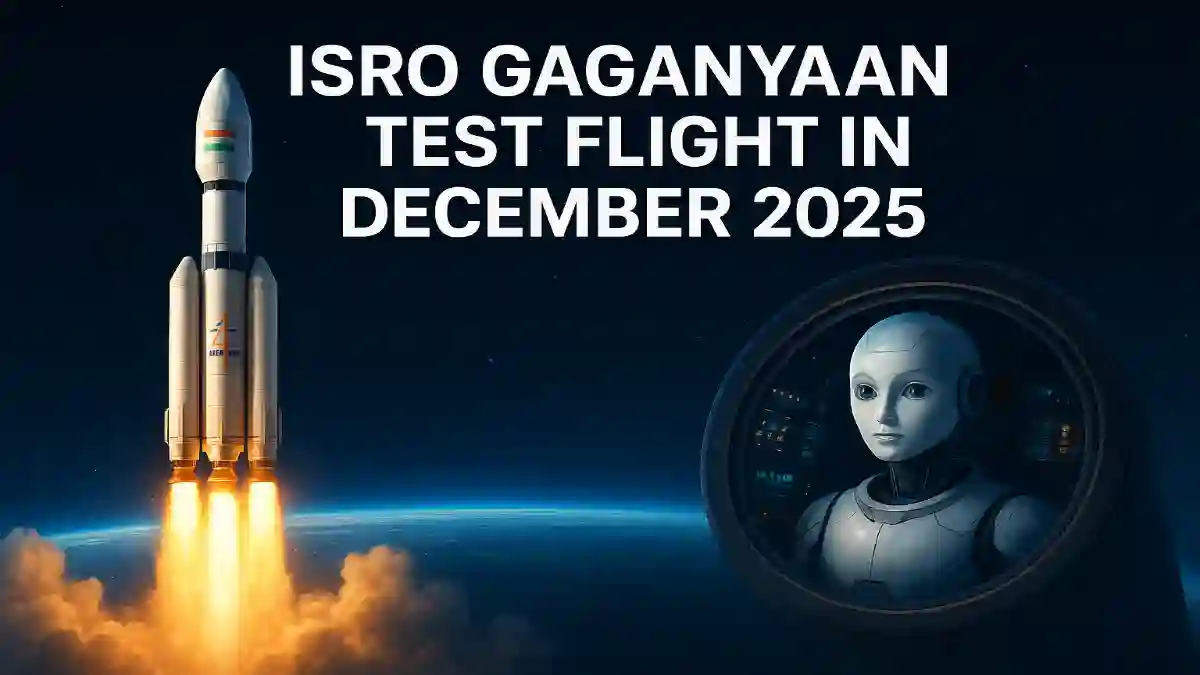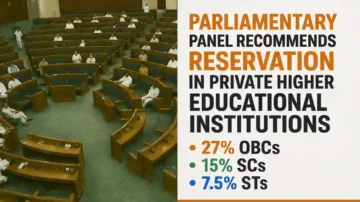India is inching closer to a defining milestone in its space journey. The Indian Space Research Organisation (ISRO) has officially announced that Gaganyaan, the country’s maiden human space mission, will conduct its first uncrewed test flight in December 2025. This marks the beginning of a series of ambitious missions that will eventually see Indian astronauts Vyomanauts embark on a historic journey into low Earth orbit.

Gaganyaan: A Mission That Defines India’s Space Ambitions
The Gaganyaan mission is more than a technological experiment it is a symbol of India’s growing stature in global space exploration. With this project, India will join an elite club of nations, including the United States, Russia, and China, that have successfully conducted human spaceflight missions.
ISRO’s confirmation of a December test flight underscores the agency’s readiness after years of preparation, delays due to the COVID-19 pandemic, and refinements in spacecraft design. The upcoming mission, known as Gaganyaan-1 (G1), will be an uncrewed orbital test designed to validate critical systems before human involvement.
What to Expect from the First Gaganyaan Test Flight
Uncrewed Mission with Vyomitra
The December flight will carry Vyomitra, a humanoid robot developed by ISRO. Vyomitra will simulate human physiological and operational responses in space. From monitoring cabin conditions to interacting with ground control, Vyomitra will act as the mission’s silent astronaut, providing crucial data about the spacecraft’s readiness for human travel.
Key Objectives
The uncrewed test is expected to last around three days in orbit, during which the spacecraft will undergo checks for:
- Life support systems that ensure astronaut survival.
- Navigation and communication systems critical for mission control.
- Re-entry and recovery mechanisms to guarantee a safe return to Earth.
- Crew module stability, including parachute-assisted splashdown tests.
These steps are essential to ensure astronaut safety when the manned mission takes place.
ISRO Declares 2025 as “Gaganyaan Year”
ISRO has officially designated 2025 as the “Gaganyaan Year” to highlight the mission’s importance. The agency has already lined up multiple precursor activities, including a drop test of the crew module to validate parachute deployment and landing recovery systems.
This year long campaign will build momentum toward India’s ultimate goal: launching Indian astronauts into space aboard an indigenous spacecraft.
Timeline for Crewed Gaganyaan Mission
While the first uncrewed test is set for December 2025, ISRO has adjusted the timeline for the crewed mission. Instead of 2025, the human flight is now targeted for early 2027. This shift allows additional time for:
- System integration and redundancy testing.
- Astronaut training in advanced simulators and modules.
- Validation of orbital and recovery procedures.
The eventual crewed Gaganyaan mission will take three Indian astronauts into a 400 kilometer orbit for up to seven days, marking a new era in the country’s space exploration.
Gaganyaan Budget and National Importance
The budget for the Gaganyaan programme has been raised to nearly ₹202 billion ($2.32 billion), reflecting the scale and importance of this project. The mission is not just about human spaceflight it is also laying the groundwork for India’s long term plans, which include six uncrewed flights, two crewed missions, and the establishment of the Bharatiya Antariksh Station, India’s first indigenous space station by the late 2020s.
This ambitious roadmap highlights how the Gaganyaan mission will transform India’s capabilities in human space exploration, international collaboration, and cutting edge space technologies.
Global and Domestic Impact
The success of Gaganyaan will have far-reaching implications. Internationally, it strengthens India’s position as a space power capable of independent human spaceflight. Domestically, it inspires scientific curiosity among the youth and generates advancements in critical technologies such as robotics, materials science, and aerodynamics.
More importantly, the mission reflects the “Atmanirbhar Bharat” vision, showcasing India’s ability to design, test, and execute complex space programs without dependence on external powers.
Final Thought
As ISRO confirms that Gaganyaan’s first test flight will launch in December 2025, the excitement is palpable across the nation. The uncrewed flight with Vyomitra is only the beginning of a bold chapter in India’s space history. If successful, it will pave the way for Indian astronauts to orbit Earth by 2027, marking the nation’s entry into the prestigious league of human space explorers.
With its blend of ambition, innovation, and national pride, Gaganyaan is more than just a space mission it is a testament to India’s unstoppable march into the future.
Stay Connected with The News Drill for more updates.
Contact us: contact@thenewsdrill.com
Submit a space or science tip: editor@thenewsdrill.com












